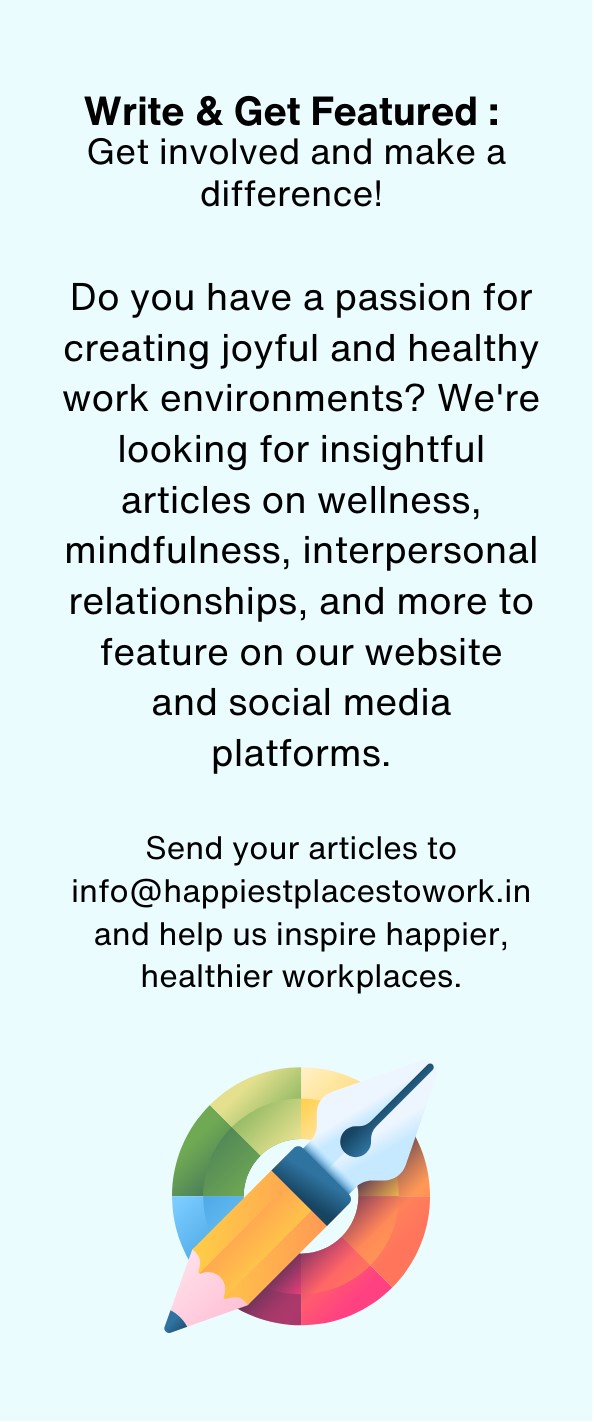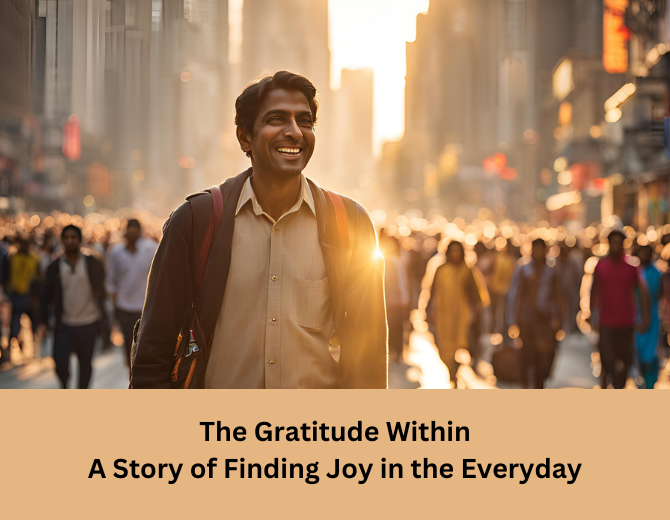Mindfulness and its impact on happiness
1.jpg)
In the previous instalment of my happiness series we discussed moods. They are short-term states of mind with a long-term effect on our overall well-being and happiness. Sometimes we can recognise what triggers our mood, but they are usually born on a much deeper level.
As mentioned, both emotions (good & bad) could have a positive or negative impact on our overall well-being. For example, bad moods can be positive; they can help us to be more compassionate and learn about ourselves.
On the other hand, extensive positive emotion can be negative; leading to ‘disconnection with reality and people around us’ and a push towards risky behaviour.
WHAT WE WILL DISCUSS TODAY
I want to discuss the second component of a happy life with you – mindfulness. Put simply, it’s a state of mind where the only focus is the present. Although we are always physically present, our mind can travel from the present and focus on the past, future or other places/situations. This human ability has some advantages: we can plan, process or mentally escape from what we find unpleasant. However, if we make a habit of it, the result is not good! The very feelings we are trying to avoid (e.g. anger, sadness, boredom) can become more intense and more frequent. To control these situations better, take back control and allow our minds to process – we must practice ‘the state of presence’ which we call mindfulness.
WHAT IS MINDFULNESS?
Mindfulness is being deliberately fully attentive to what you are experiencing or doing at that moment. It does not mean ignoring what you are feeling in that specific time. It’s the practice of noticing and accepting what is happening around you and inside your body and mind. There are plenty of applications, centres, videos and audios to help you practice mindfulness. My favourites include Headspace, Calm and Insight Timer. Practising mindfulness is very simple. You can do it on your own at home or at work. I’ll be giving you some simple steps to master mindfulness… but before that, let’s look at some the effects it can have in your life:
It reduces anxiety and stress (anxiety and stress are birthplaces of many mental health problems such as depression and panic attacks and fatigue).
It increases self-awareness which leads to productivity and effective communication.
Helps us develop resilience and reinforce emotional intelligence.
MINDFULNESS IN THE WORKPLACE
It’s no secret that the workplace can be highly stressful for most of us. “Where’s that report?” “Can you finish this for me in the next hour?” “Can I have a progress report?” By learning a few simple mindfulness/meditation exercises, you can start to fend off some of these external stressors and learn how to put your mind at ease and work more efficiently and productively:
Turn off all notifications: when answering an email or working on a project, turn off every notification on your laptop and stay away from your phone. If you can’t do it for a whole day, just start by practising for 15 minutes a day. Fully focus on a task without distraction.
Find a quiet place at work: go there and take a deep breath and think about what is going on with you inside and out in that specific moment. Just note what comes to your mind without judging if it’s good or bad. Remember, at that moment, there is nothing you can do about those thoughts, so just note them and gently pass through them.
MINDFULNESS PRACTICE YOU CAN DO ANYWHERE: “ON THE TOP OF A MOUNTAIN”
Here is a very simple and extremely effective mindfulness practice which you can do anytime anywhere.
Close your eyes and imagine that you are standing on the top of a mountain. This very top is the present moment.
Behind you is your past (all the people you knew, all experiences, your feelings); in front of you is your future (your fantasies and what may or may not come next).
You are just sitting on top of the mountain, detached to both sides, they can’t affect you because you are physically on top of a mountain with no access to each side.
Just stay there for 2-3 minutes, you can increase the time each time you practice. But it could be extremely hard at the beginning but will be easier and becomes extremely enjoyable practice once you grow into it.
When you practice this daily it will become increasingly easier and more effective as you will begin to learn to switch off from the outside world and focus on the practice. Give it a whirl. For those who fear heights, it offers a rare opportunity to stand on a mountain-top too…
MINDFULNESS AT THE HAPPINESS INDEX
My colleague and Chief Storyteller at The Happiness Index., Joe had a long-term illness and was advised to meditate whilst in hospital. Here’s what he said: “I was suffering from a severe auto-immune syndrome that affected my entire nervous system. I was in a lot of pain and sleep was a huge issue. I was in a hospital in Asia at the time and they advised that I practice meditation (combined with a s**t-load of morphine and other painkillers which helped). It didn’t work miracles, but it certainly helped to relax me and stop me from getting too anxious.” This was a serious medical condition and Joe hadn’t really practised meditation before. If it was less severe and he was more skilled with meditation and mindfulness it would have been far more effective. In the next instalment of the happiness series I will be discussing our belief systems and how it affects our happiness and wellbeing.


